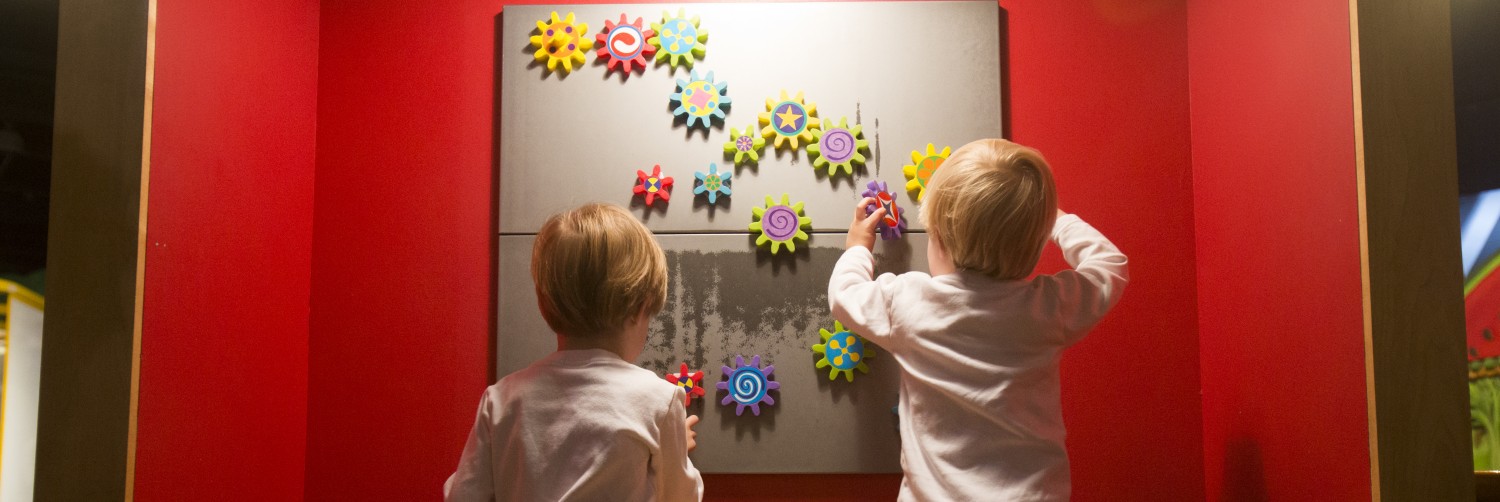Thankfulness, joy, generosity, and gratitude are the focus of the Islamic holiday Eid al-Fitr. The three day celebration, pronounced eed al fitter, is the Festival of Fast-Breaking. It starts on the first day of the month of Shawwal, following Ramadan, a fasting holiday. Eid al-Fitr is so significant that in Saudi Arabia the civil service minister declared that it would be celebrated for 12 days this year!
Since the lunar calendar is followed, it is hard to put an exact date on which the holiday will fall, but most believe it will be the 28th or 29th of July in 2014. The confusion with the lunar calendar is that the new crescent moon will be sighted at different times in different parts of the world. Some believe that when it is sighted in a Muslim country that is the sighting for all Muslims around the world. Others believe that each individual can sight the moon for themselves to begin the holiday. Then there are some Muslims who are okay with using scientific data to determine the beginning of Eid al-Fitr.
Similar to many other holidays, one of the most important parts of the celebration is the sadagah al-fitr or the charity of fast-breaking. It is typically done before the holiday begins, and includes giving different types of food from cheese to fruit to barley. Each family donates food to the poor on behalf of every member of the family, including the children. This is done so that everyone will be able to eat the traditional holiday meal, celebrating the strength it took fasting for Ramadan.
 The day begins with the whole family dressing up in their nicest clothes and decorating their houses with lights. Greeting cards are given to family and friends with the message Eid Mubbarak, or blessed Eid. A morning trip to the mosque is made where special prayers are done and sermons are read. Then families visits their friends and family to give thanks and eat together. In some countries there is a tradition of gift-giving, mostly to children. There are also parades and outdoor activities where members of the community can come together to celebrate and give thanks.
The day begins with the whole family dressing up in their nicest clothes and decorating their houses with lights. Greeting cards are given to family and friends with the message Eid Mubbarak, or blessed Eid. A morning trip to the mosque is made where special prayers are done and sermons are read. Then families visits their friends and family to give thanks and eat together. In some countries there is a tradition of gift-giving, mostly to children. There are also parades and outdoor activities where members of the community can come together to celebrate and give thanks.
The holiday meal has a particular emphasis on sweets and varies by country, with each one having their own traditional special sweet. In Pakistan it is Zarda, a rice dessert with sugar, nuts, and dried fruit. In Bangladesh one is Jalebi, a pastry filled with sweet syrup in the shape of a pretzel. Dates, cardamom, and yogurt are commonly found in the holiday meal. In America, some say the meal is similar to a Thanksgiving meal, with turkey, collard greens, and macaroni and cheese! A quick search on the internet can find you Eid al-Fitr recipes to try at home, such as this Jalebi recipe from www.epicurious.com that makes 8 pastries:
Ingredients:
- 1 ½ teaspoons active dry yeast
- 1 tablespoon plus 2/3 cup water
- 1 ½ cups maida flour
- 2 teaspoons Bengal gram flour
- 1 ½ tablespoons ghee, melted
- 1 ½ teaspoons sugar
- 1 teaspoon lemon juice
- 4 drops yellow food coloring
- 2 cups ghee for frying, melted
- 1 ¾ cups lime-saffron syrup
To make the batter:
Dissolve the yeast in 1 tablespoon of the water and let sit for just 10 minutes, and no longer. In a large bowl, combine the maida flour and Bengal gram flour. Add the yeast, melted ghee, sugar, lemon juice, yellow food coloring, and remaining 2/3 cup water and mix until there are no more lumps.
To fry the jalebis:
Melt enough ghee in a heavy-bottomed pot to fill it 1 inch deep. Line plates with paper towels for draining the fried cakes. Pour the lime-saffron syrup into a saucepan over low heat, to keep it warm. Fit a pastry bag with a small writing tip, and pour the batter into the bag.
Squeeze 2-inch round whorls of batter into the hot ghee, working closely from the center out. Fry until golden brown on the bottom, then flip to fry on the other side until it’s golden brown. Remove the jalebis from the oil and set on paper towels to drain. Transfer the hot cakes to the lime-saffron syrup and let soak for a minute or two.
To serve:
Serve the jalebis warm in small bowls with syrup. Or you can remove the jalebis from the syrup and set on a rack to dry for 3 to 4 hours, until the syrup has formed a hard shell.
I know some of those ingredients have brought up questions and worries, but the Atlanta area has many Indian grocery stores, such as Indian Bazaar and Cherians. Why not take a family trip to one? Pick up some groceries while learning about another culture!
Did any of these Eid al-Fitr traditions sound familiar? This holiday is a great example of how we all celebrate and give thanks in similar ways. Parades, gifts, charity, decorations, and food are central to this Muslim holiday as well as most of the holidays that we are more accustomed to.
Learn more about Eid al-Fitr this weekend at The Children’s Museum of Atlanta. We will celebrate with storytelling and crafts on Saturday, July 26 at noon and 3:00 PM and Sunday, July 27 at 3:00 PM.
Sources: BBC | wnyc.org | Islam.about | TimeAndDate.com | Fountain Magazine
